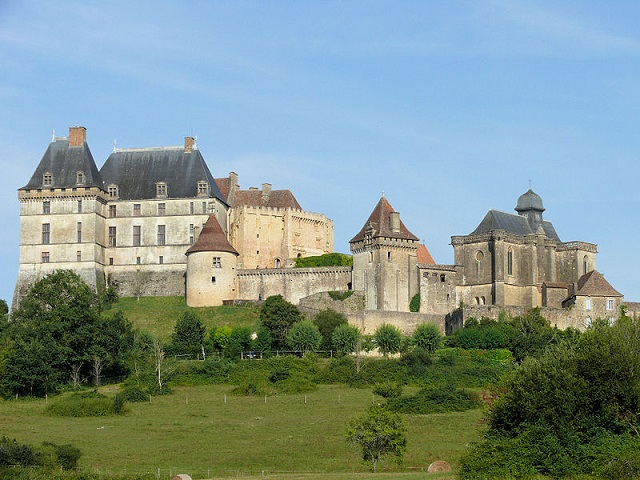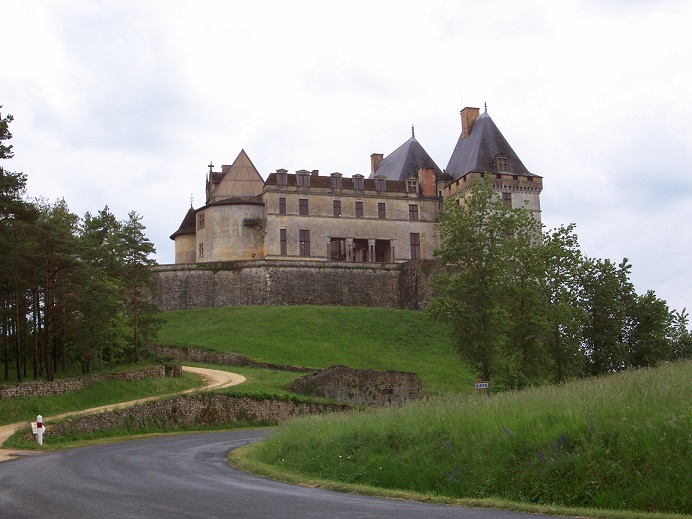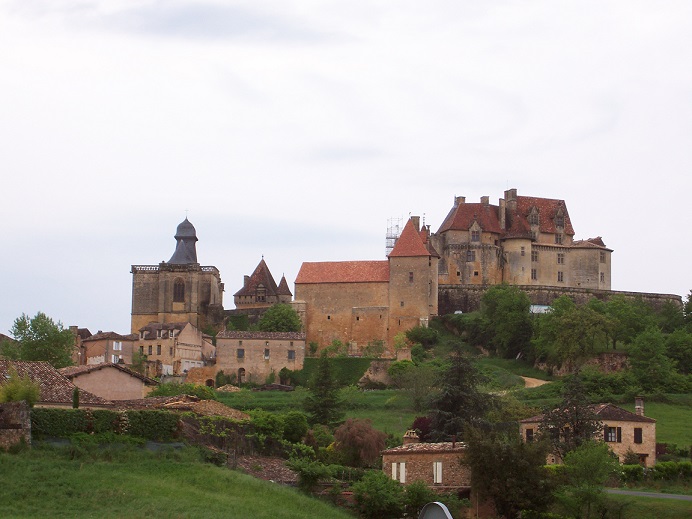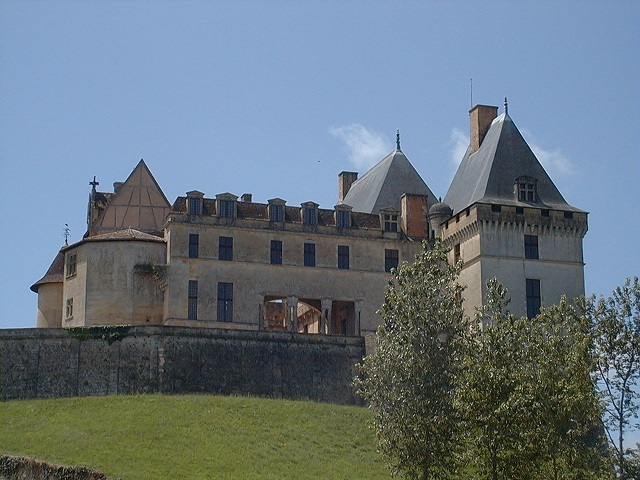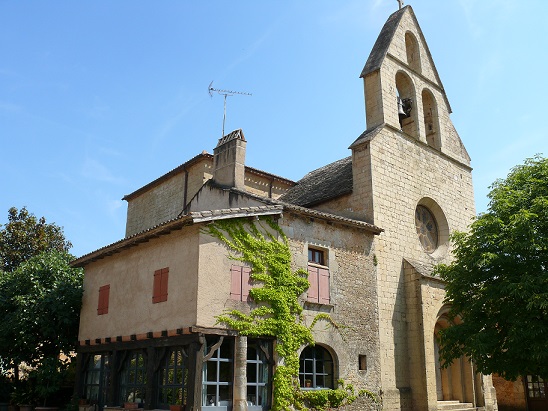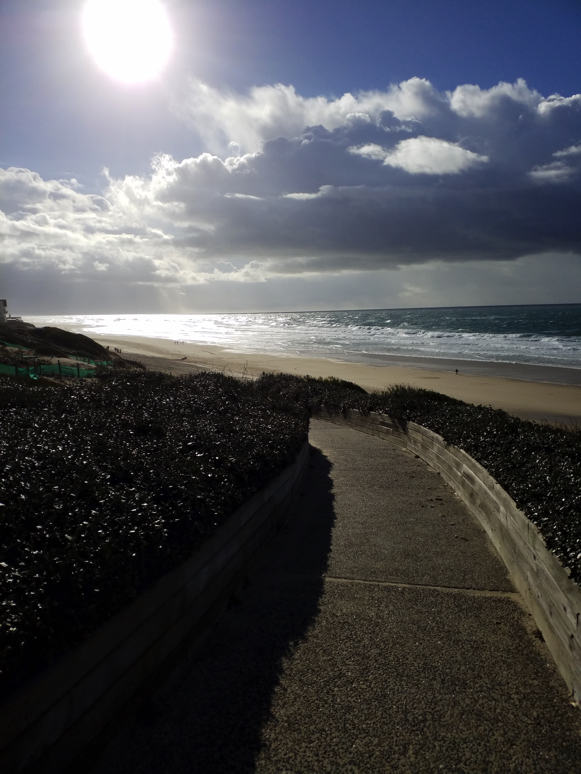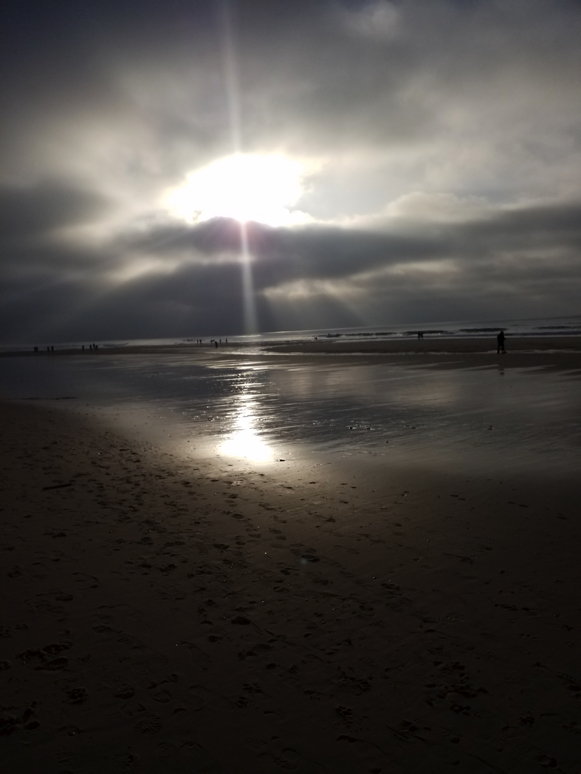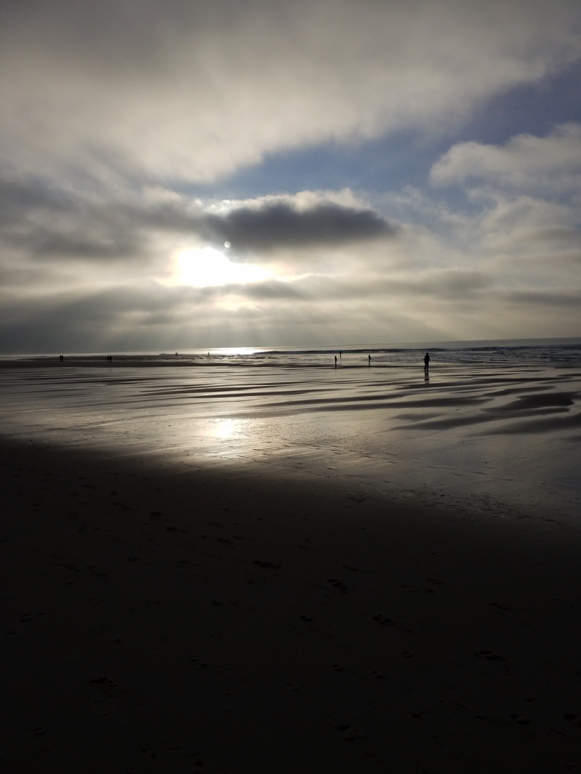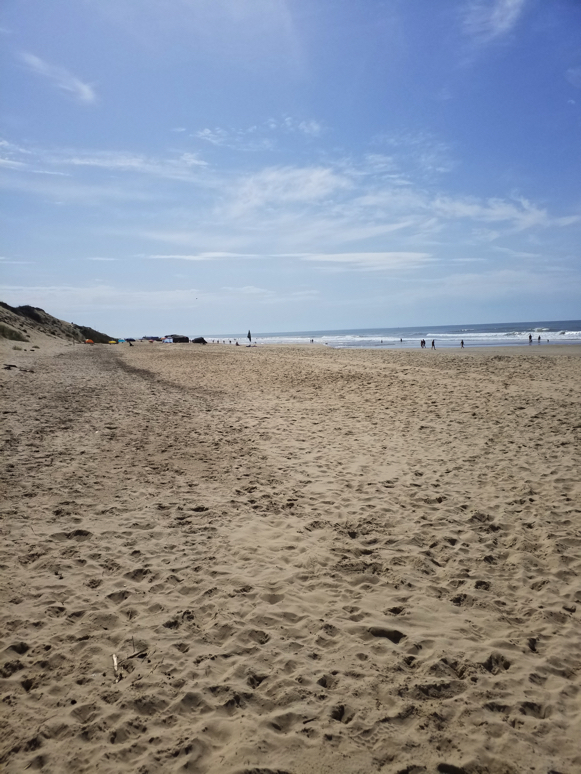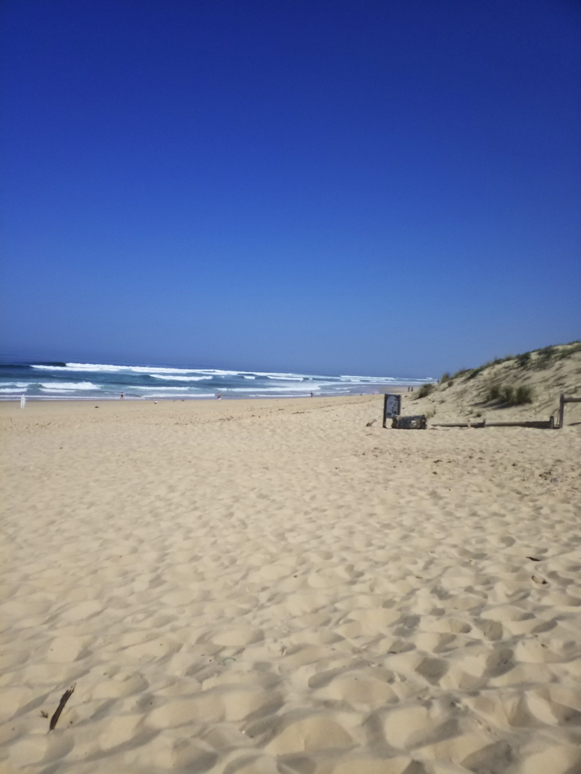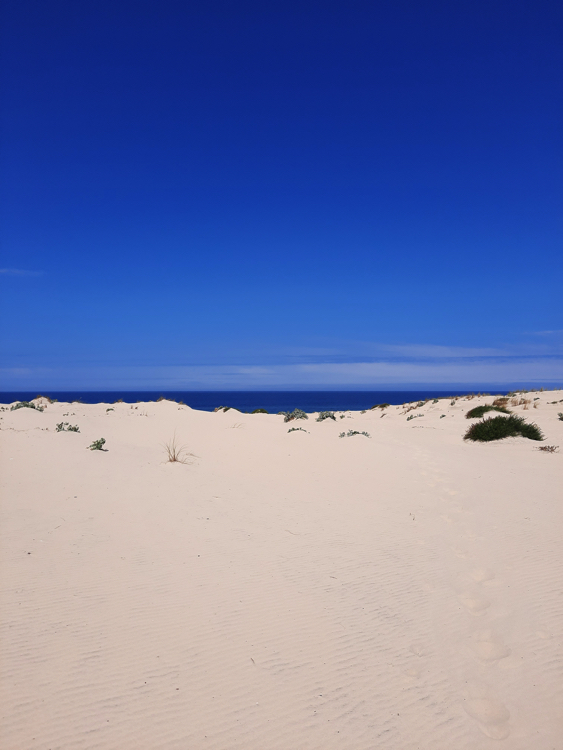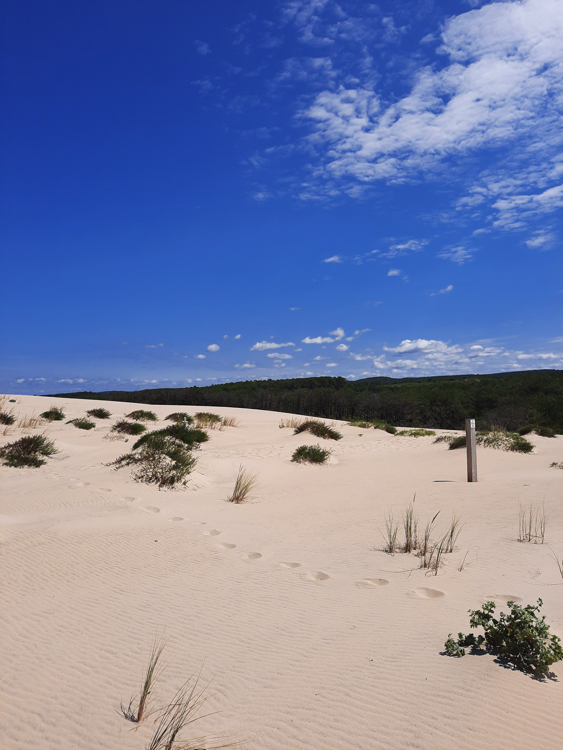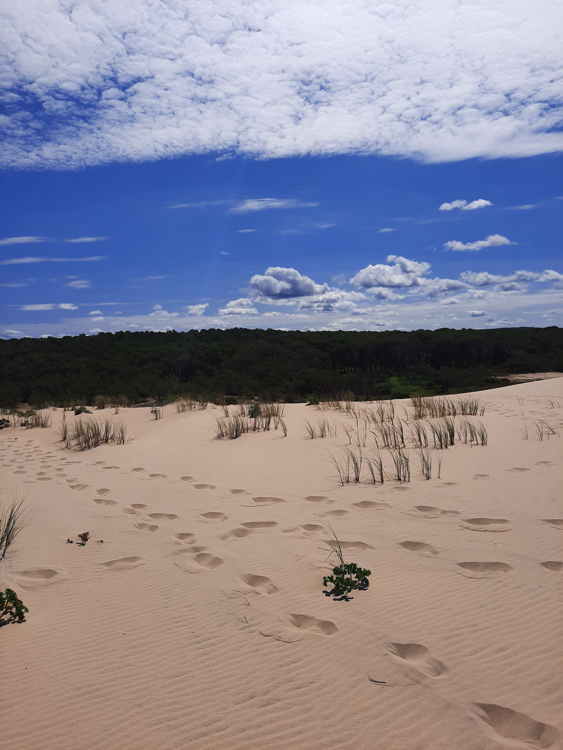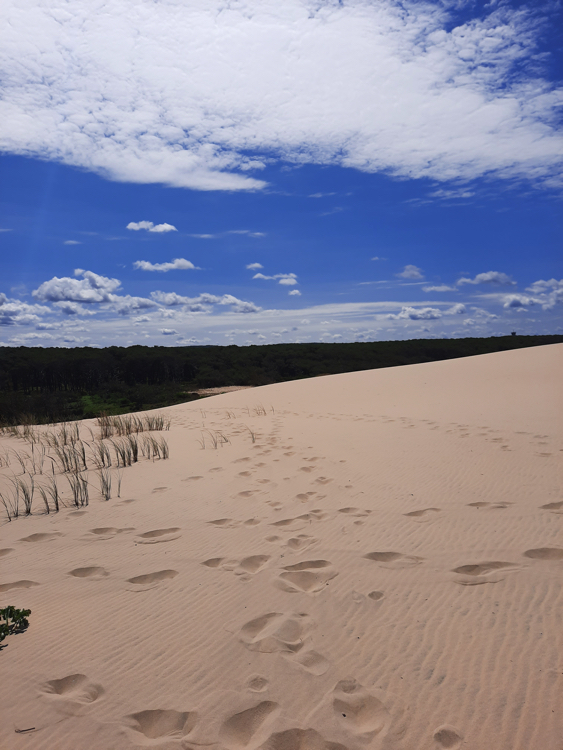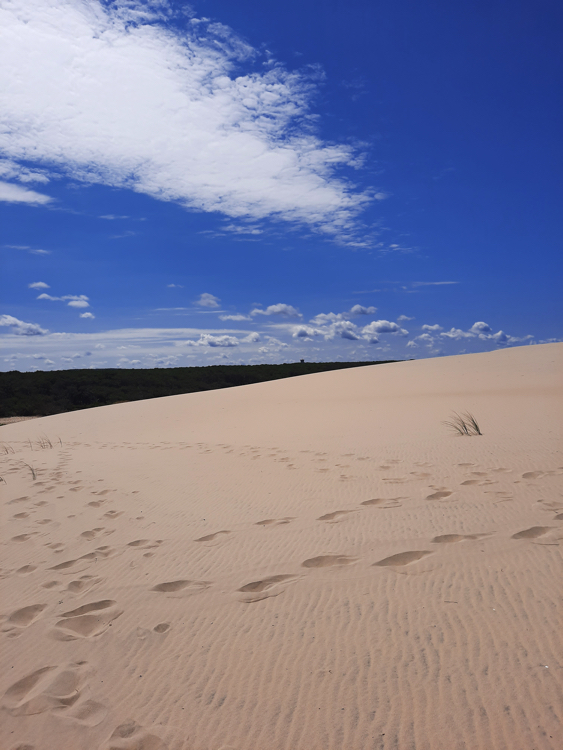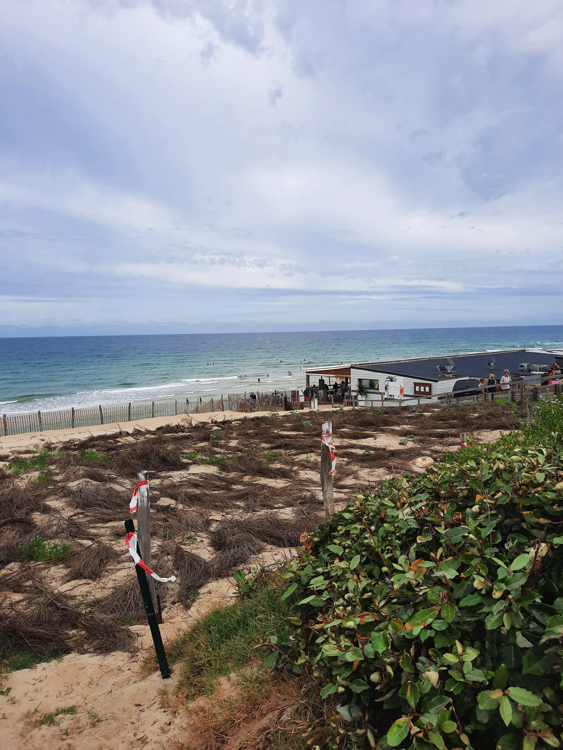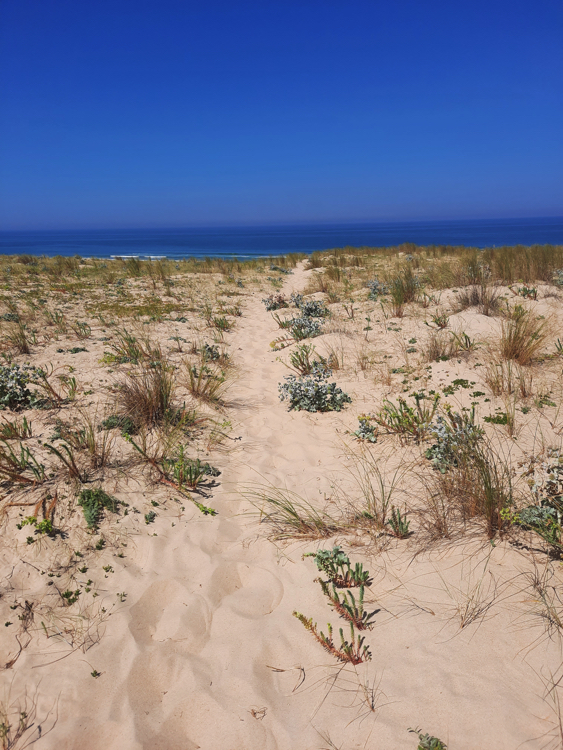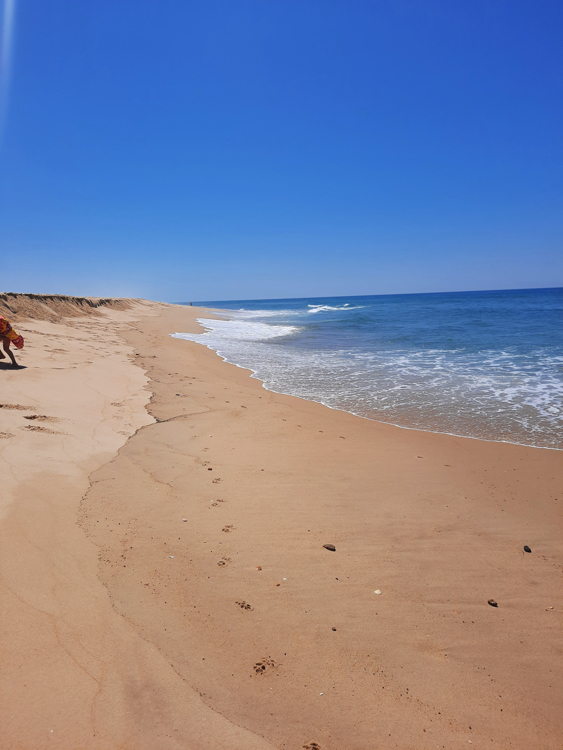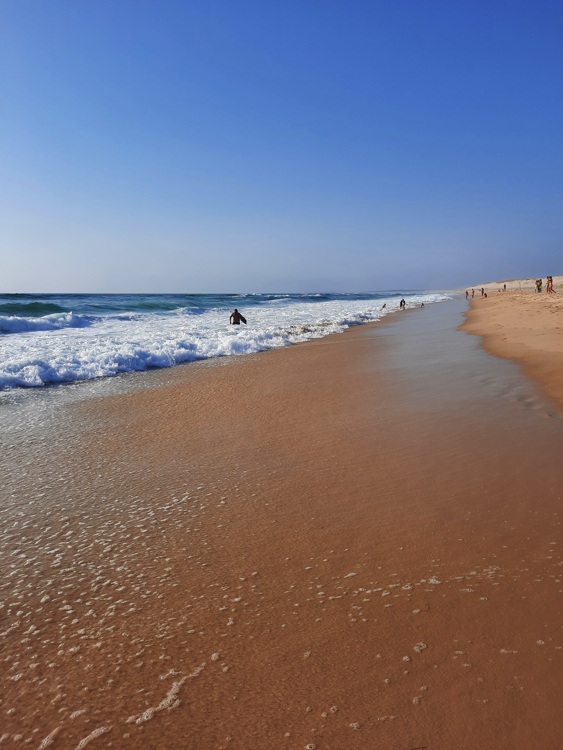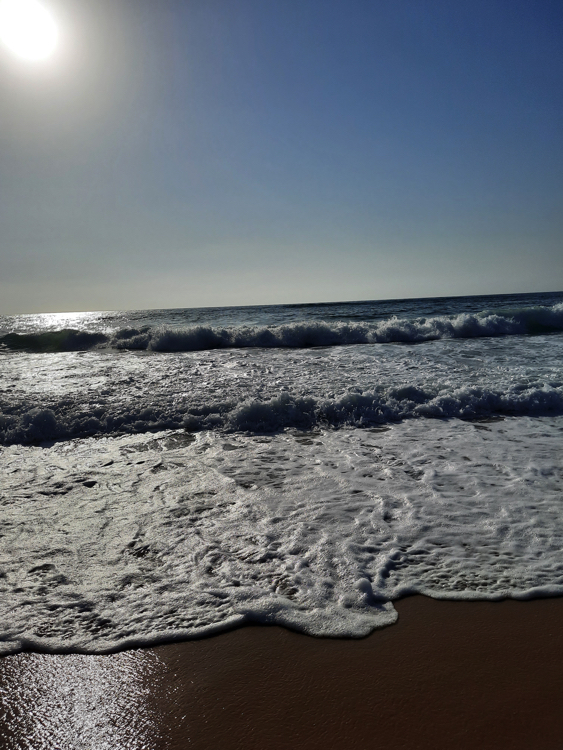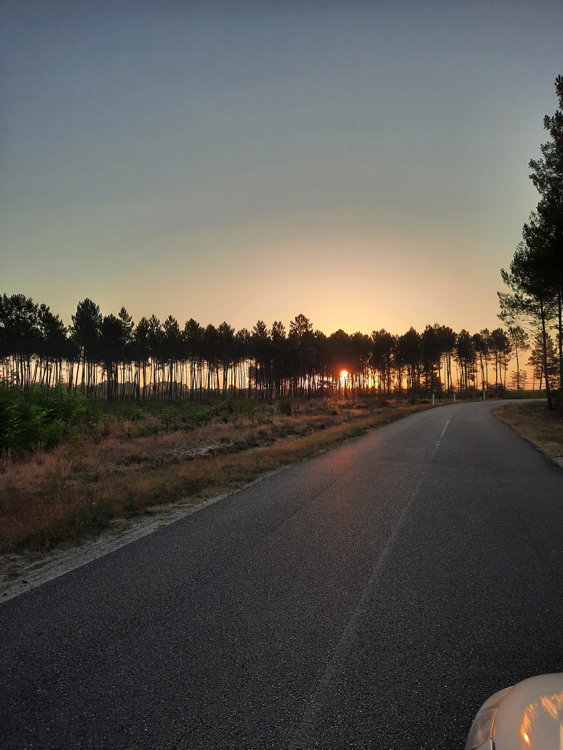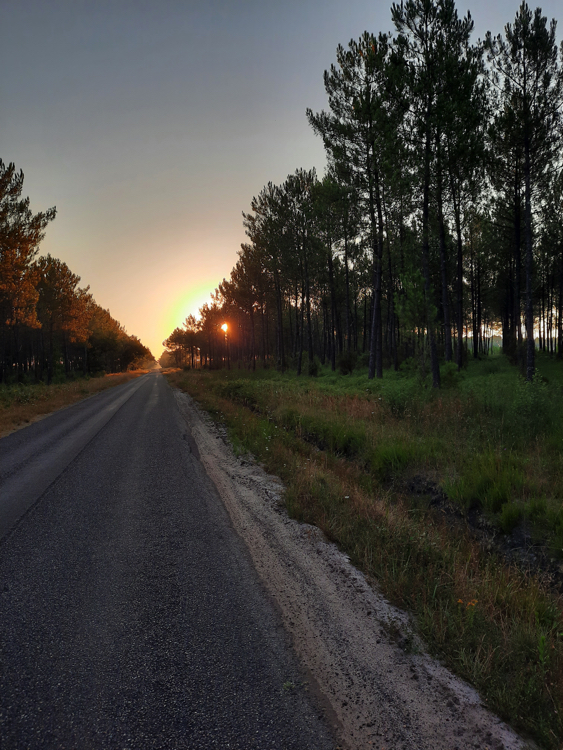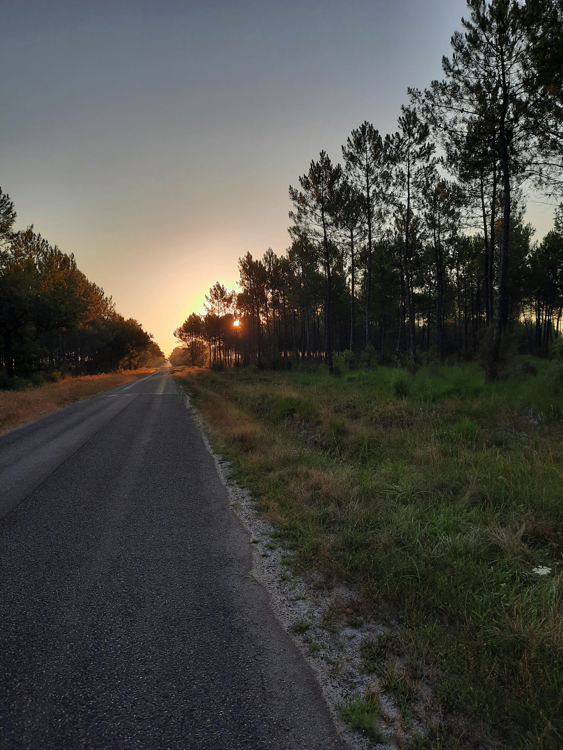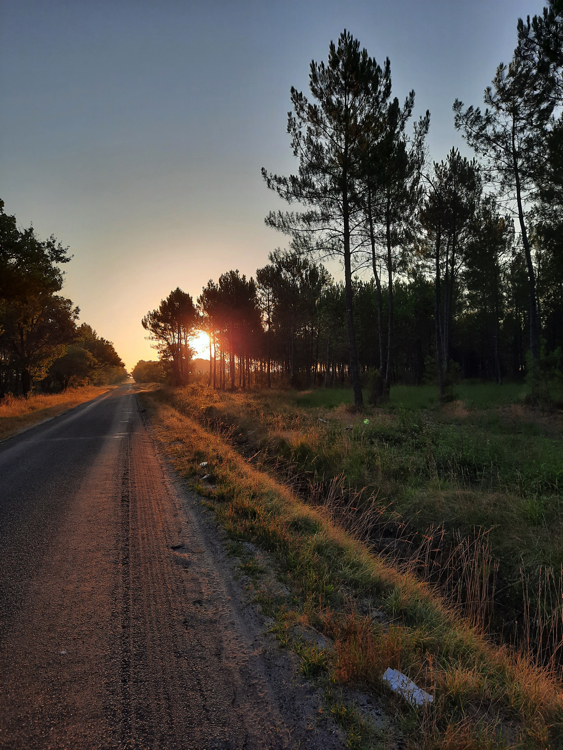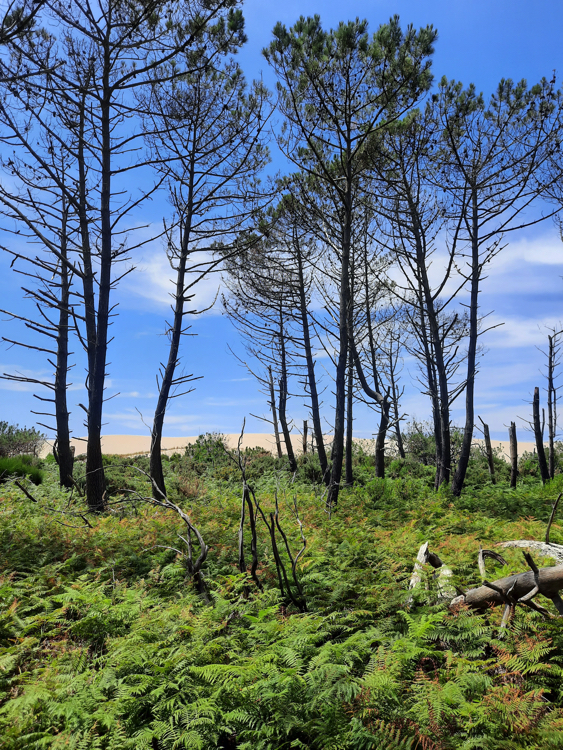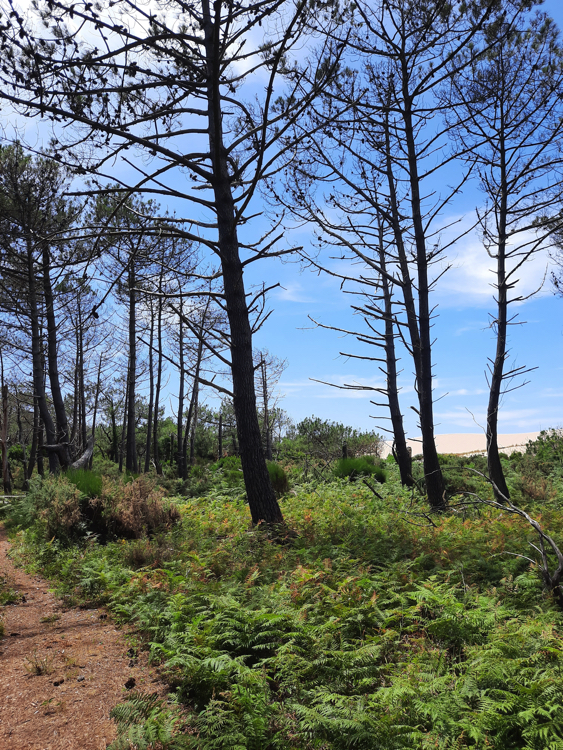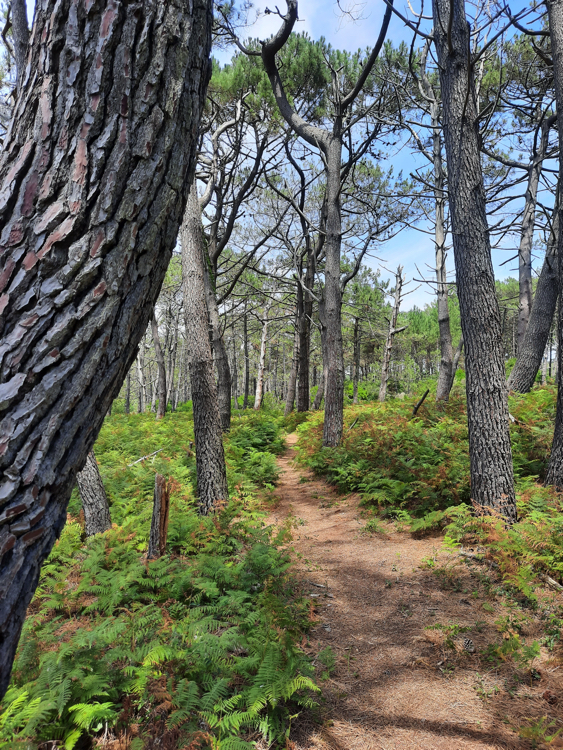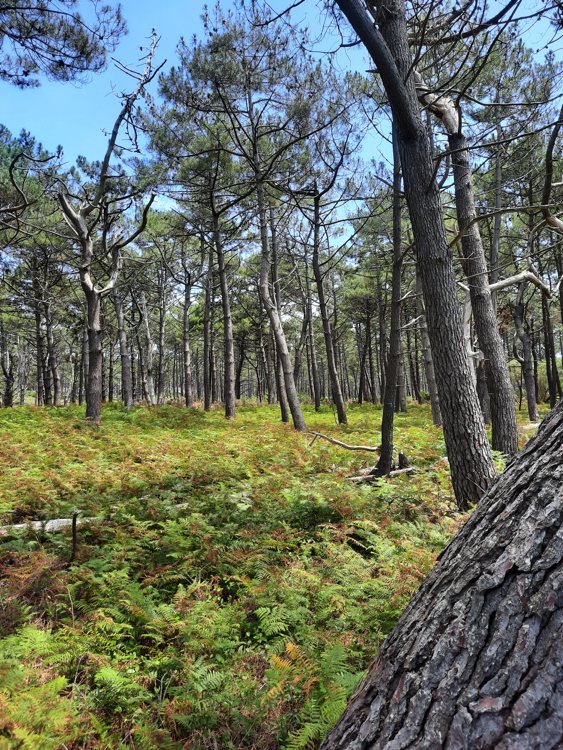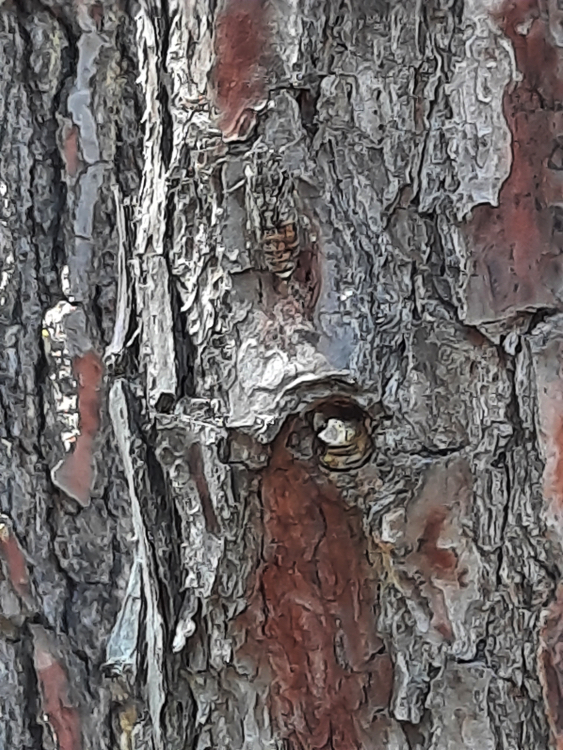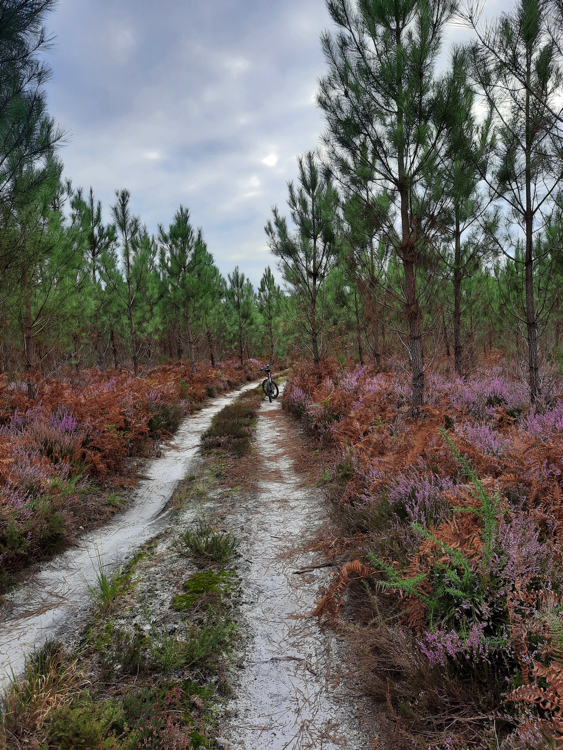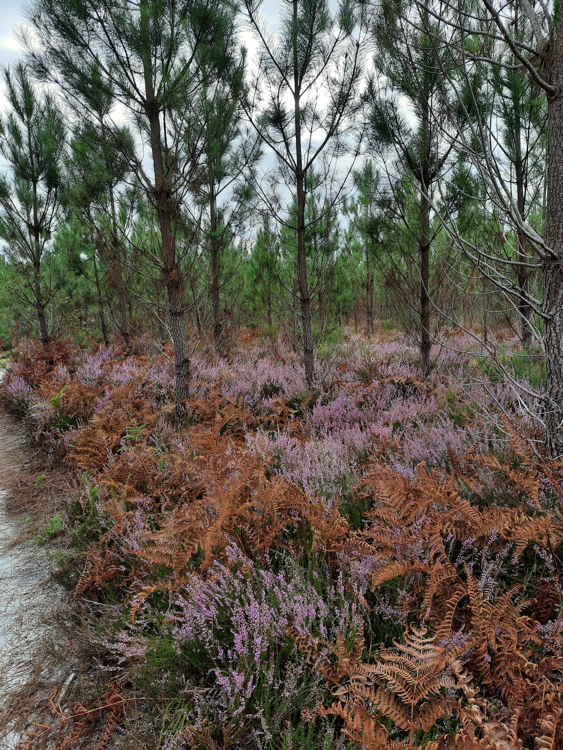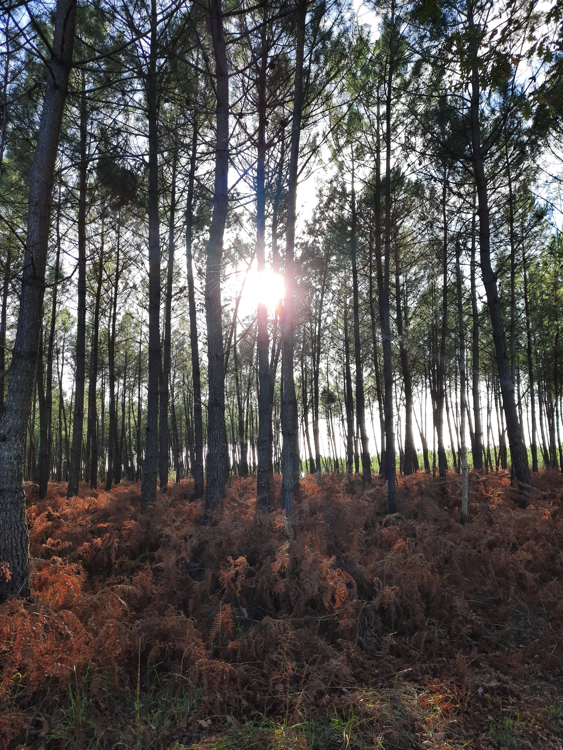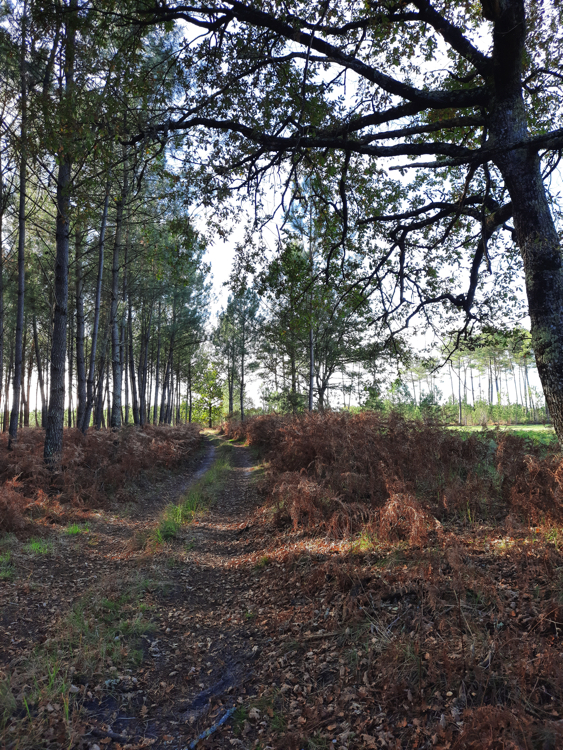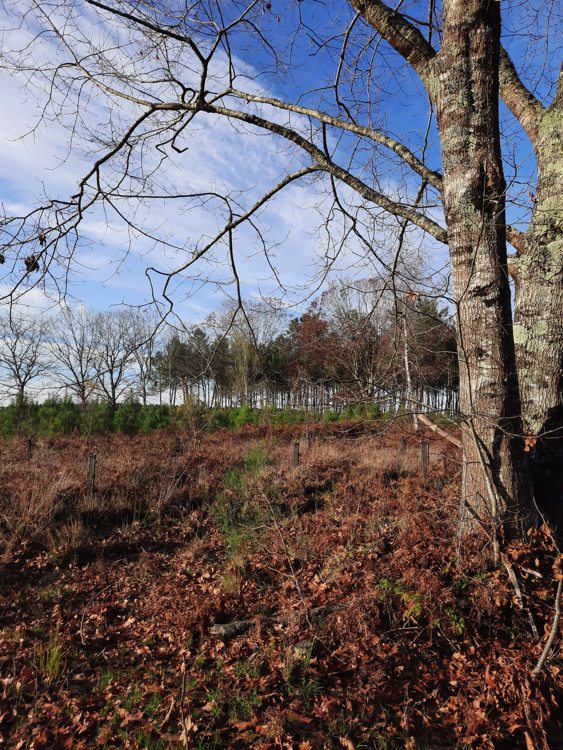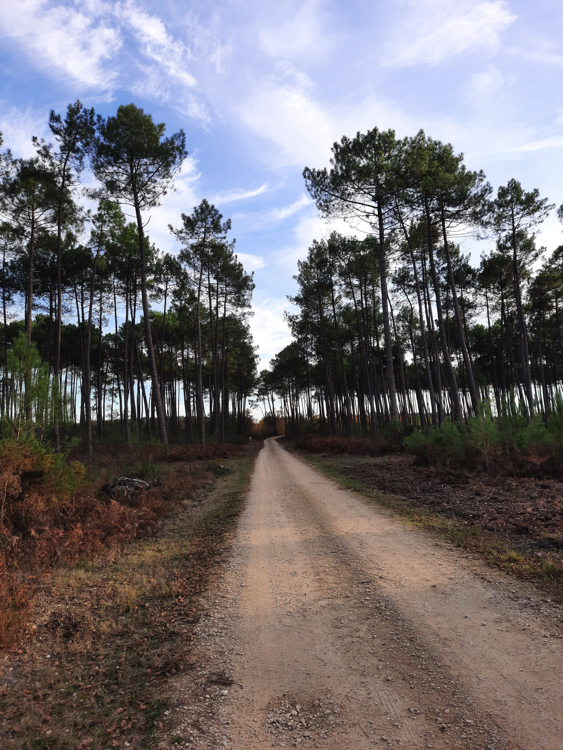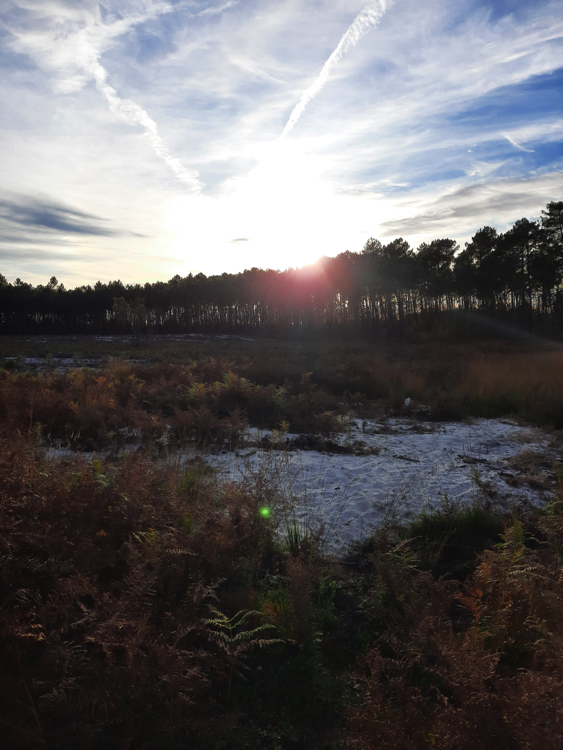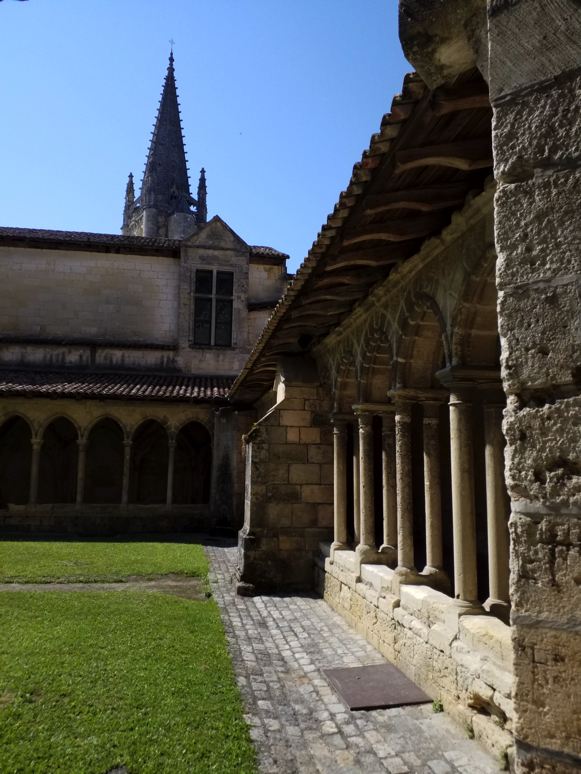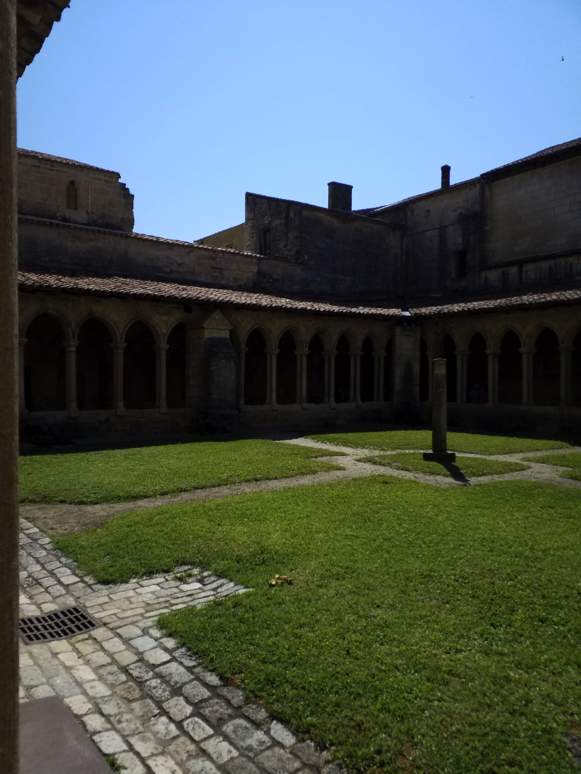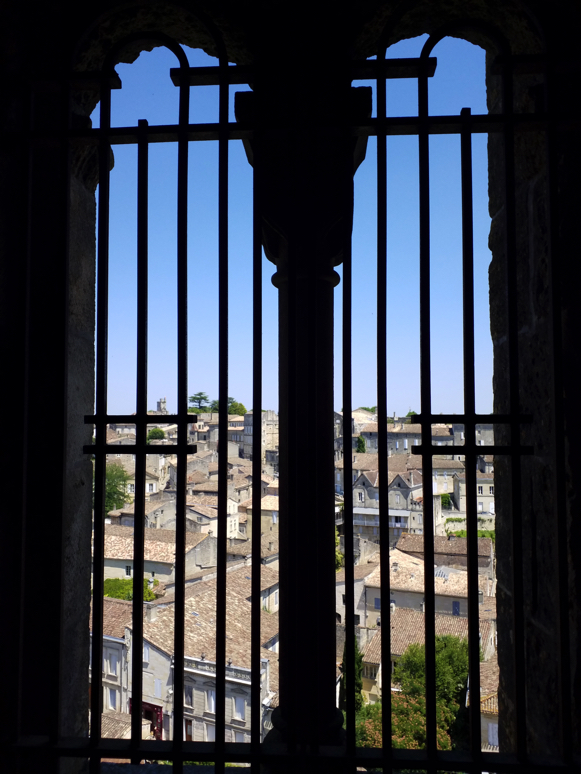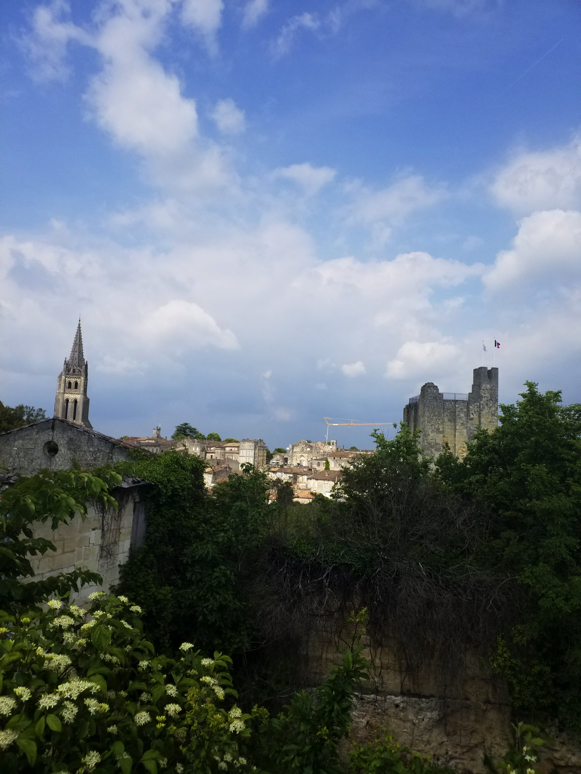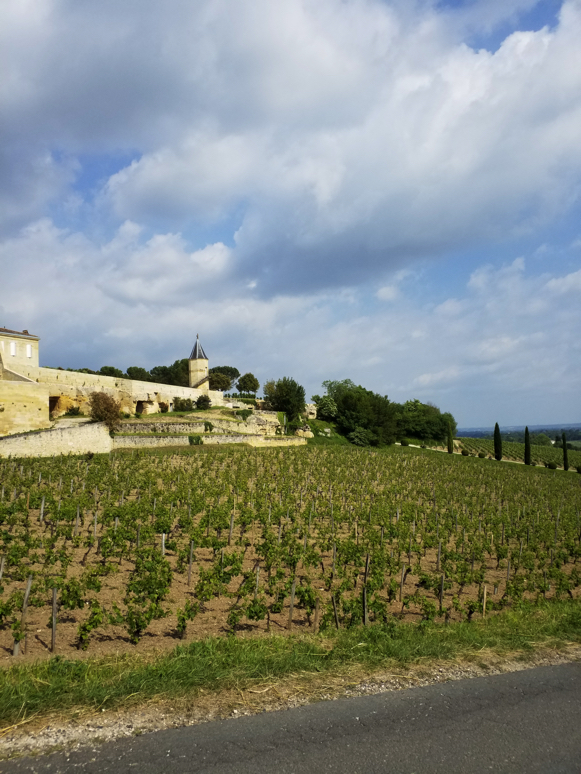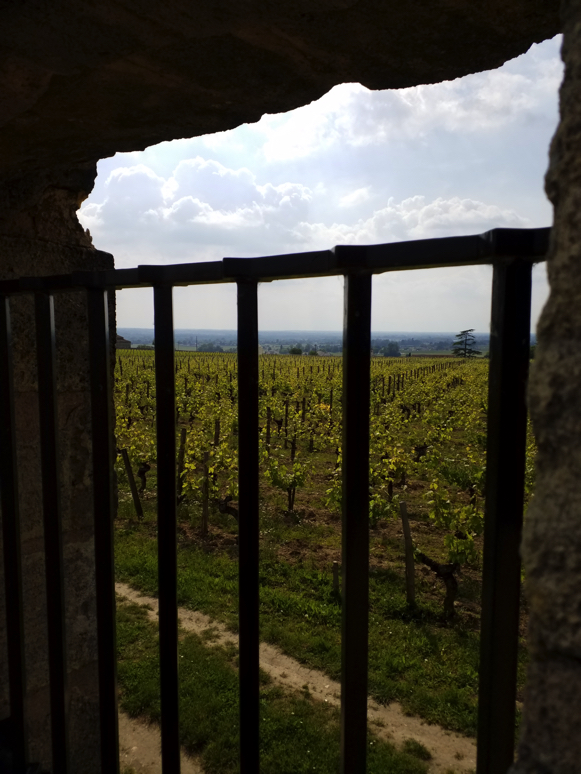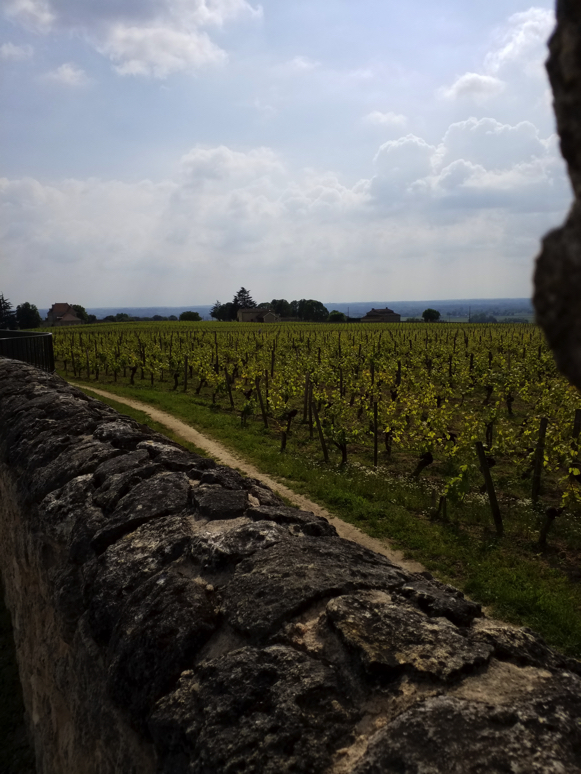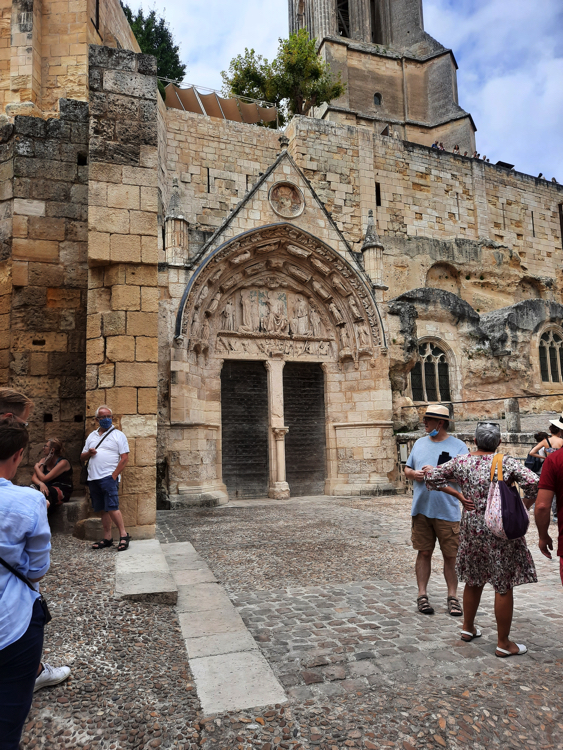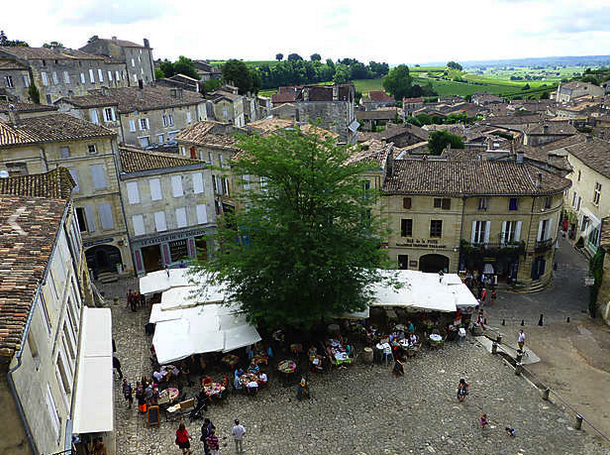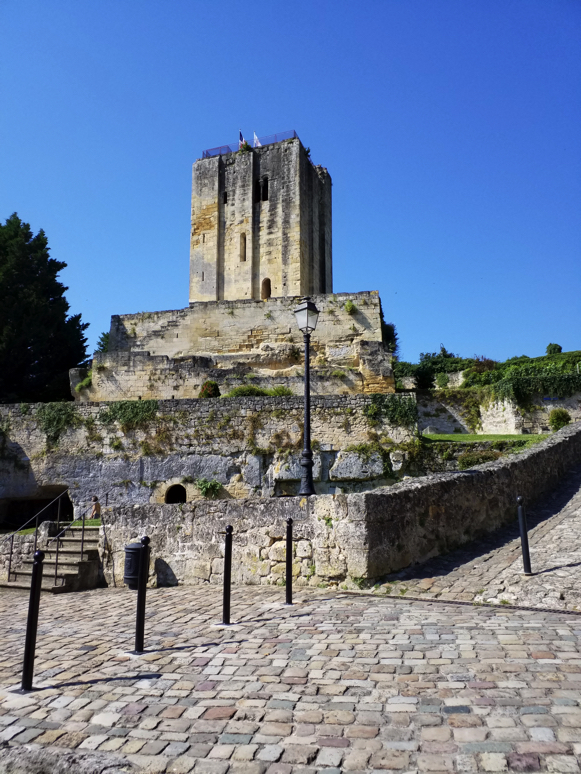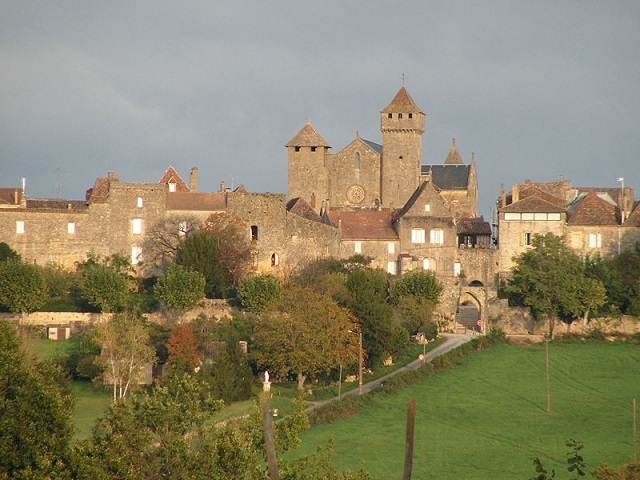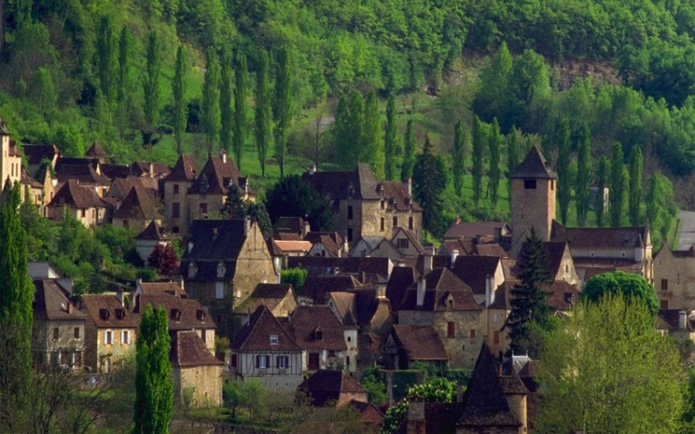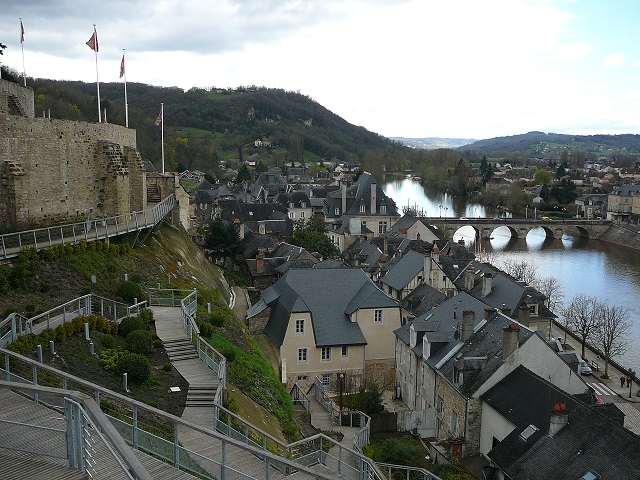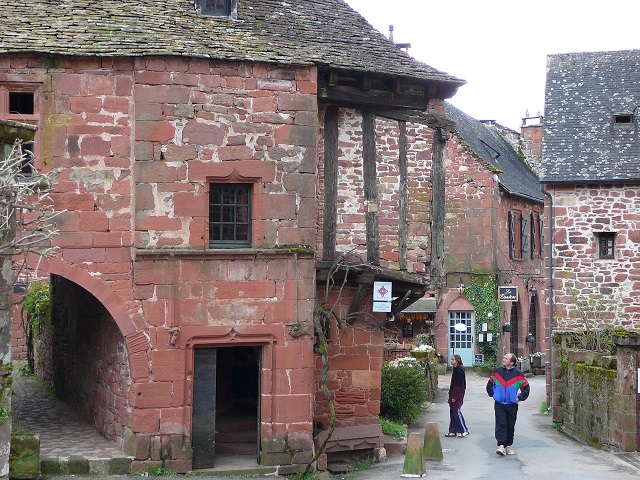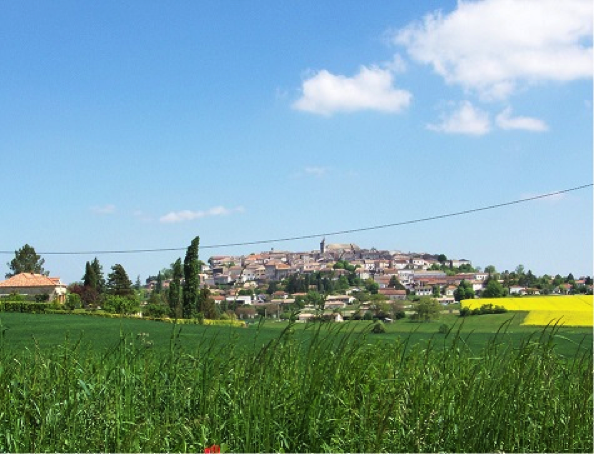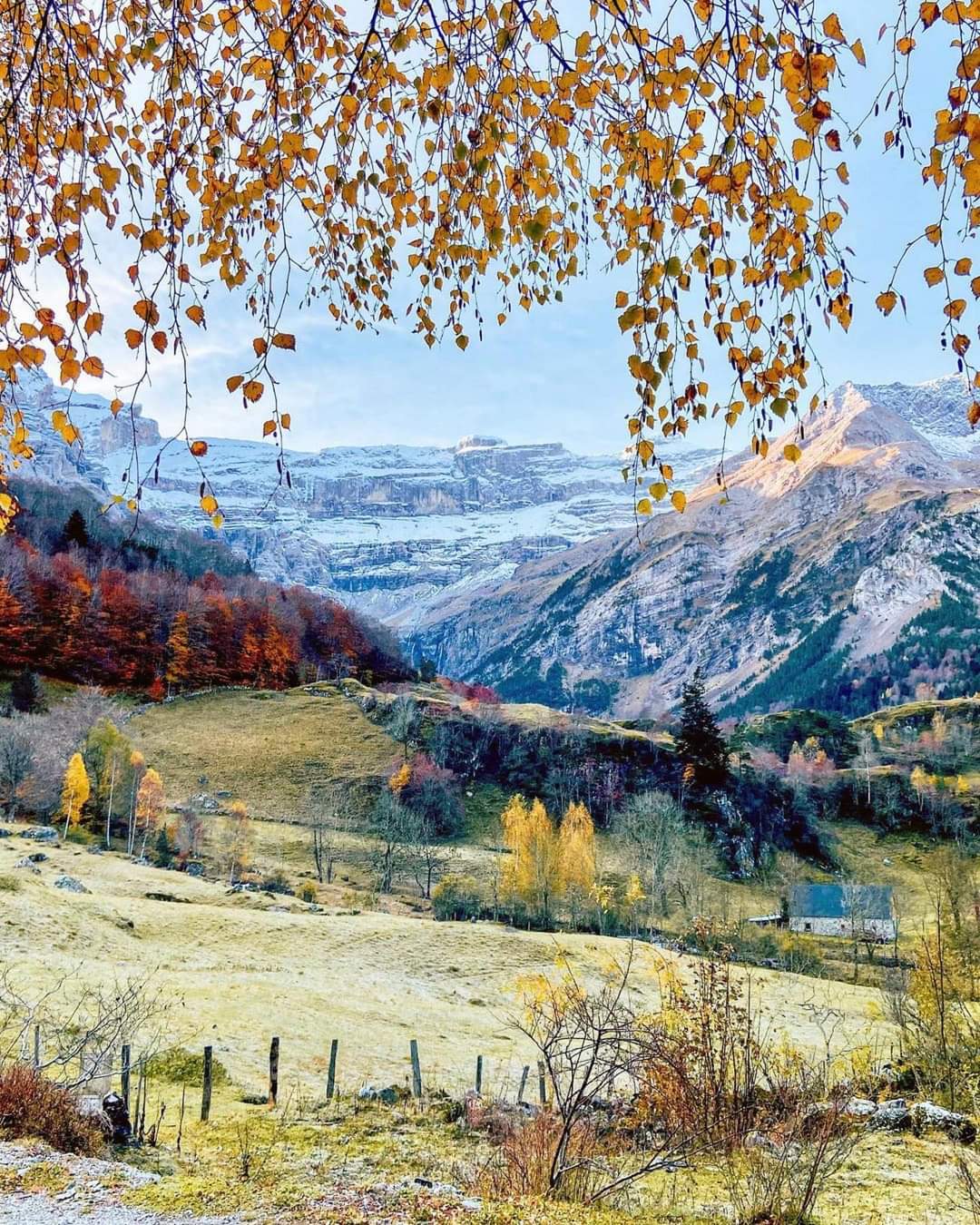BIRON and its Castle
Biron is a French commune located in the Dordogne department, in the Aquitaine region, between Périgord and Agenais.
It is the seat of one of the four old baronies of Périgord.
In 1991, at the same time as the neighboring municipalities of Monpazier and Capdrot, the municipality of Biron was included, at the initiative of the Ministry of Regional Planning and the Environment, in a "Grand site national" operation, as part of a sustainable heritage management policy linked to local development, in order to preserve and enhance its unique architectural and urban heritage.
In 2010, Biron was no longer one of the 34 major sites in France.
PRESENTATION
Located in the Lède valley, in the purple Périgord, it was the seat of one of the four baronies of Périgord, with Beynac, Bourdeilles and Mareuil.
It was the property of the Gontaut-Biron family who acquired by alliance the barony of Biron in the XIIe century, before being taken by the Albigenses in 1211, by Simon IV de Montfort in 1212, who executed his lord, and by the English in the XIVe and XVe centuries who sacked it.
It was erected into a duchy-peerage in 1598.
Four years later, Charles de Gontaut, Duke of Biron, convinced of a new conspiracy against his king and his country and found guilty of high treason, was beheaded in the court of the Bastille in Paris (07/13/1602). His pride and his suicidal stubbornness in not recognizing in front of Henry IV his ultimate betrayal would have inspired the popular expression "To be c ... like Biron".
The Gontaut-Biron numbered four marshals and five dukes and peers of France, including Armand-Louis, duke of Lauzun, who fought with La Fayette in America, took part in the Estates General of 1789 and was guillotined in Paris in 1793.
From the XIIe to the XVIIIe century, each century has left its mark, evoking the vicissitudes of this monumental building:
* XIIe century keep,
* chapel with two floors (1515), has preserved the tombs of Pons de Gontaut, baron de Biron, died in 1524, and of his brother Armand, bishop of Sarlat, died in 1531; the heads of the recumbent figures were hammered;
1- courtyard open to the North by a very large semicircular arch giving access to a covered terrace with twin columns and closed by a wrought iron balustrade leading to an enormous unfinished staircase (early 18th century?);
* Renaissance apartments;
1- large stone staircase with wrought iron banister;
2- room of justice in the West;
* large vaulted kitchens to the east, with cisterns;
* The "Salle des Etats de Guyenne", twenty meters by eleven.
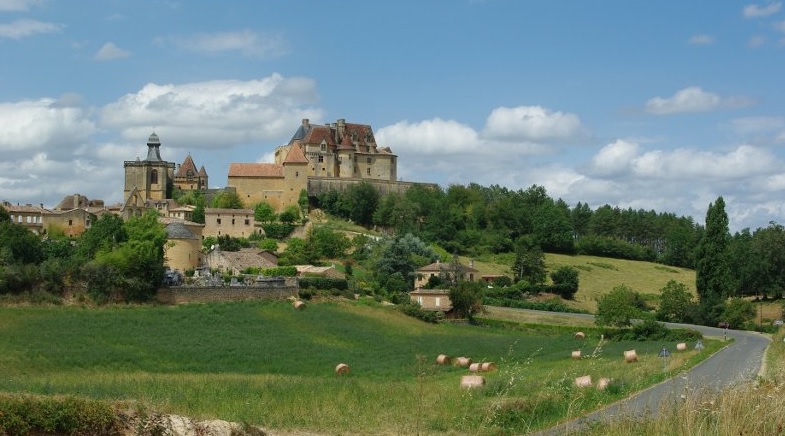 This incredible juxtaposition of buildings results in an exceptional architectural ensemble of particular appeal.
This incredible juxtaposition of buildings results in an exceptional architectural ensemble of particular appeal.
From 1883 to 1939 the house belonged by inheritance to the great collector Guillaume de Gontaut, Marquis de Biron - from the younger members of the family who owned, among others, a set of drawings by Tiepolo, since sold to an American museum. Despite the legend, he did not give his name to the prestigious antique market of the "Puces" in Paris.
Until the end of the 19th century, the castle chapel had two works of art, sculpted groups, the dead Christ on the knees of the Virgin, "erected as an altarpiece above the altar", the other, a Descent from the Cross - including a terracotta molding was said to be in a chapel in Verdelais - which have left the premises and are "at least since 1914" (Chapoullié, 1954) at the Metropolitan Museum in New York.
In 1959 the Capitan, a film by André Hunebelle with Jean Marais and Bourvil, was shot there.
In 1978 the department received as a gift from its last owner - or acquired? - a castle in very poor condition 3 with a view to restoring it.
This is why, within the framework of the Association des Amis du Château de Biron created in 1980, Béatrice Gonzalez de Andia, great-granddaughter of Marie Gontaut-Biron and of Archambaud de Talleyrand-Périgord, former classmate of Jacques and Bernadette Chirac at "Sciences-Po" Paris, then General Delegate for Artistic Action of the City of Paris, got involved in a project to rescue the house. A friend of the competent chief architect of historic monuments, in 1981 she submitted a solid dossier to Jack Lang, the new Minister of Culture, and quickly obtained the necessary funds to carry out the most urgent repairs to the mansion. In 1994, the film La Fille by d'Artagnan was shot there with Sophie Marceau and Philippe Noiret.
In 2012, renovation work began on the framework of the Maréchaux wing, planned for a period of two years and at a cost of 2.3 million euros.
HISTORY
It is known for its XIIe and XVIIIe century castle, classified as a historical monument.
Seat of one of the four baronies of Périgord, the castle occupies a strategic position on the edge of Périgord and Agenais.
Its history is linked to the size of a family, the Gontaut-Biron, who held the stronghold for eight hundred years.
When it was created in 1790, the town first bore the name of Notre-Dame-de-Biron and then during the revolutionary period of the National Convention (1792-1795), that of Mont-Rouge, before being called Biron.
In 1827, the territory of the municipality of Biron grew by the attachment of the former municipalities of Saint-Michel-de-Biron, Bertis-de-Biron, Saint-Cernin-de-Biron and Vergt-de-Biron, these three last forming in 1840 a new independent municipality called Vergt-de-Biron.
Unofficial tourism websites for BIRON
An official site, go for it! visit !









